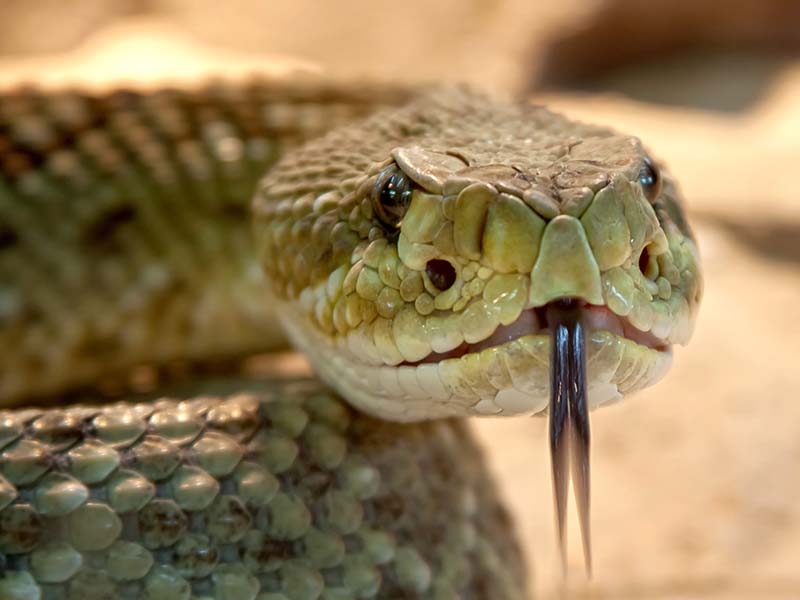By Scott Gaertner
We have officially entered snake season everywhere in the Valley of the Sun, so it’s time to have the annual “snake and reptile reminder.”
This topic is particularly important this year, as we had heavier rains this past winter. This means spring has provided much more cover and food for snakes in the desert, therefore conditions are prime for more snake events (bites!) this year. I know that for most of us, rattlesnake sightings are rare. But there are 13 different species in the Phoenix area and each year over 150 people report being bitten by a rattlesnake.
Leave wild animals alone.
The best advice for rattlesnakes? Avoid them. I was in a CPR class taught by a Rural Metro firefighter a few years back and the snake subject came up. The lead instructor said, “I have worked here for over 12 years, full time, and I have seen very few rattlesnake bites.” She continued by telling us that every single snake bite that she had seen was, “On a man, on his hand, and he had been drinking.” Her point was that they were playing with the snake. Don’t be stupid. Leave rattlesnakes and other wildlife alone… even when they are dead.
Dead snakes can bite.
Yes, really. You should never handle a venomous reptile, even after it is dead. Reflex strikes with injected venom can occur for several hours after death, so see my first point and just leave it alone.
Watch where you put your hands and feet.
Like all reptiles, rattlesnakes find shelter and warm their bodies by sunning themselves on rocky outcrops or hiding in the dark crevices of rocks, wood piles and deep grass. Be aware of your surroundings, avoid putting your hands and feet in these hidden spaces, always carry a flashlight, and wear shoes or boots when walking after dark.
Stay on the trail.
The most likely place to encounter a rattlesnake is in the desert, off the trail, where they are safe to eat, sleep and hunt without any interruptions. A rattlesnake is less likely to stay on a well-travelled hiking trail.
Install outdoor lighting for yards, porches, and sidewalks.
It’s easier to avoid a snake if your yard is clear and well-lit. If you do see a venomous reptile in your yard, it is probably just passing through. However, if you are concerned about a dangerous animal in your yard, seek professional assistance in removing it.
What to do if you are bitten by a rattlesnake.
Only one percent of people who are bitten by a rattlesnake die, but you must stay calm and seek medical attention immediately. Follow these guidelines if you are bitten:
• Protect yourself and get away from the animal
• Check the animal’s appearance so you can describe it, take a picture if you can
• Stay calm, sit down, try to remain still, and keep the wound beneath your heart
• Remove jewelry or clothing from around the wound – you are going to swell a lot
• Get to the emergency room immediately for proper medical attention
This time of year, snakes are more active in the morning and evening when it is cooler. Unfortunately, this is also when we are most active, so this is the time to stay present and pay attention to your surroundings. Rattlesnakes are a part of living in the Sonoran Desert. This is their home as much as it is ours, but if you treat them with the respect they deserve and let them have their space, everyone will get along just fine.




